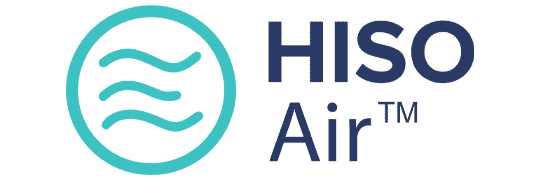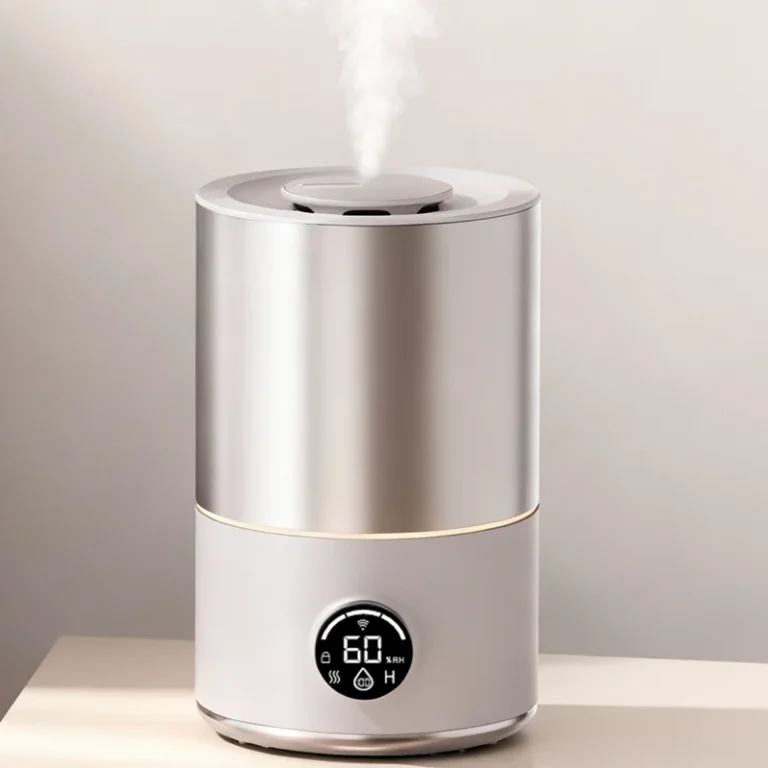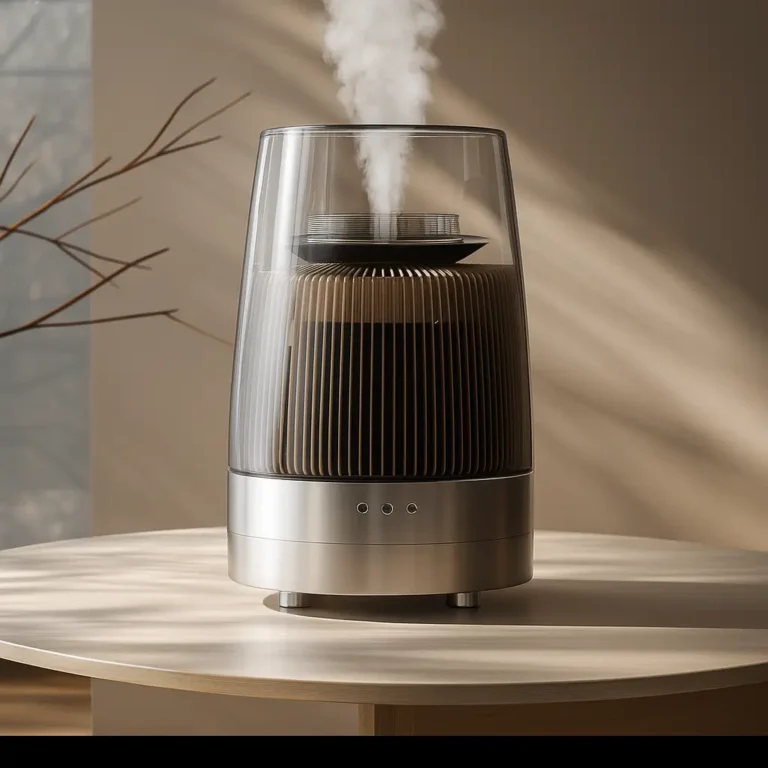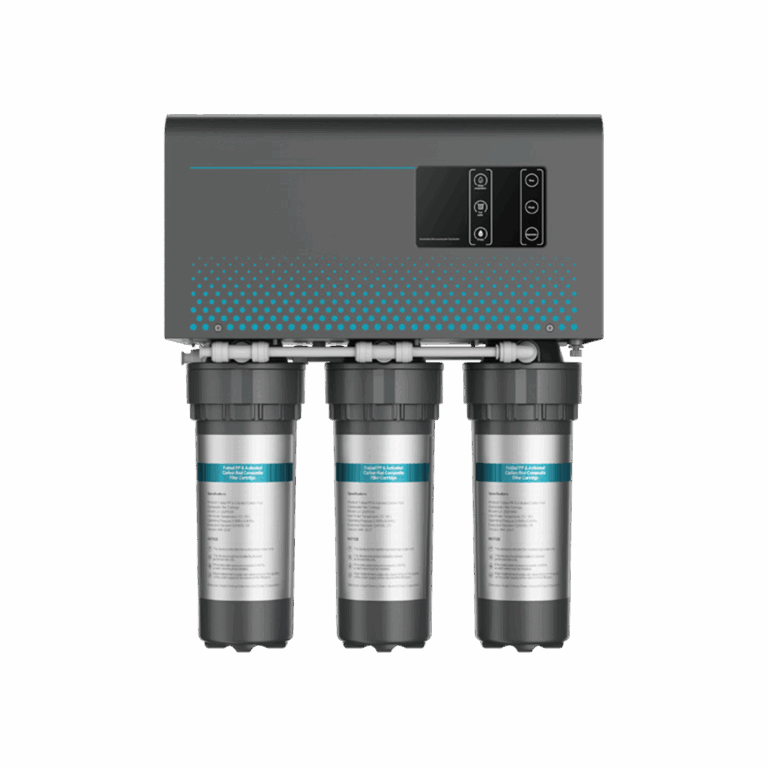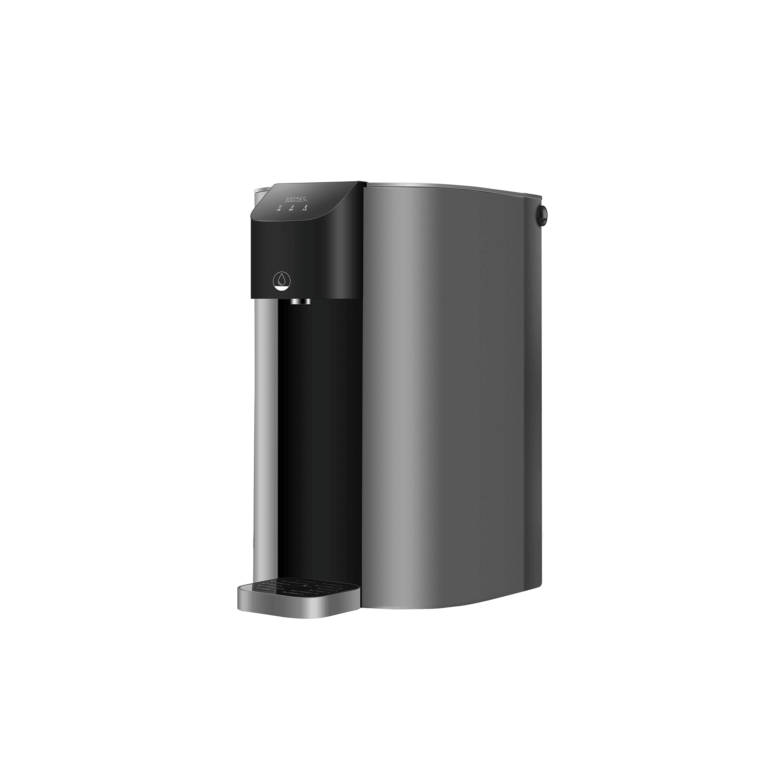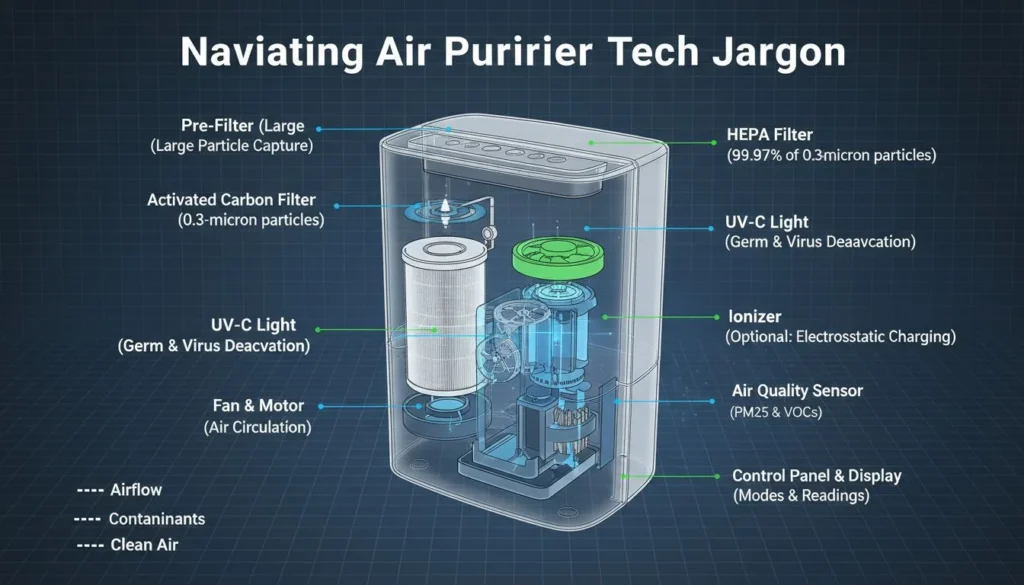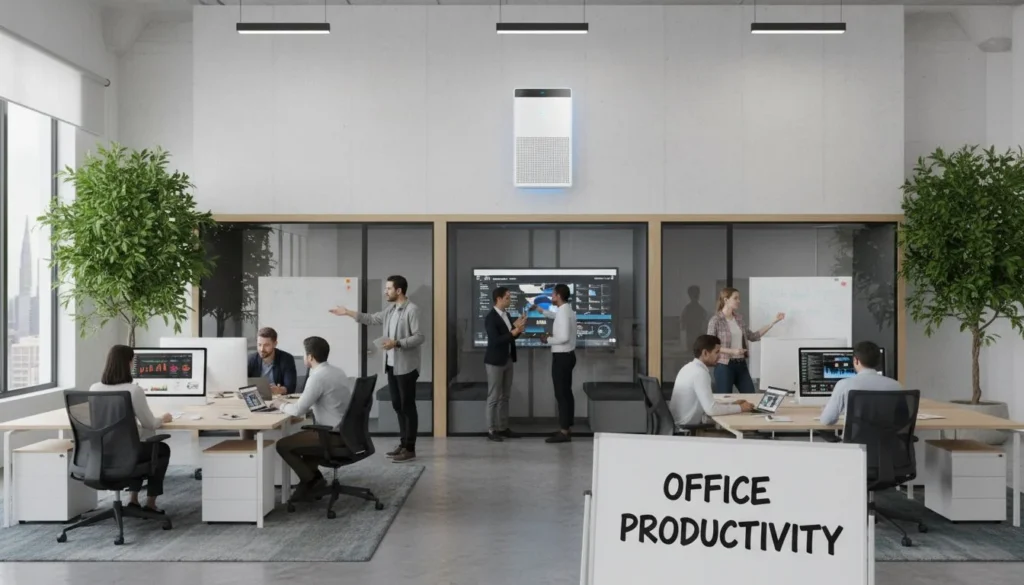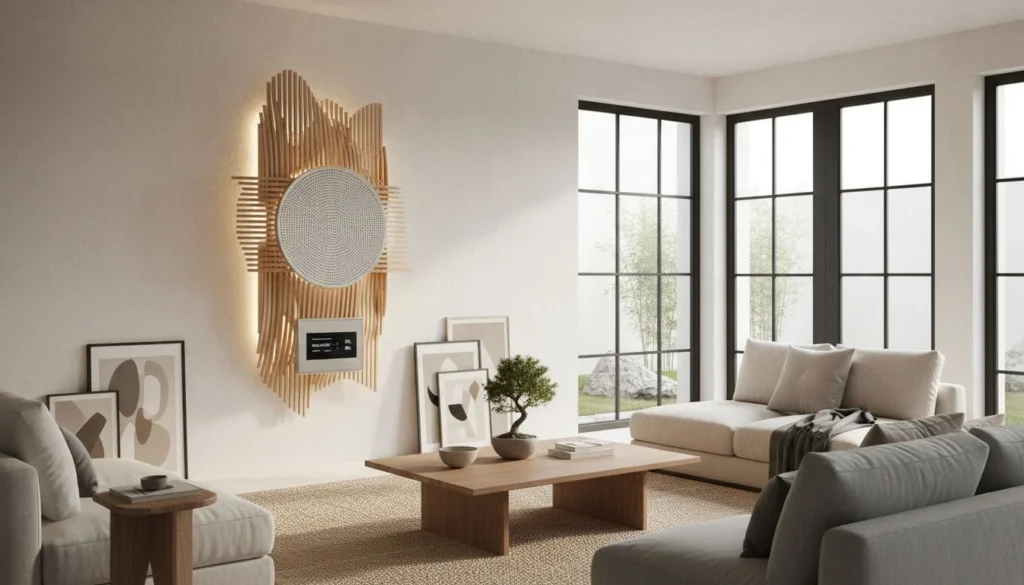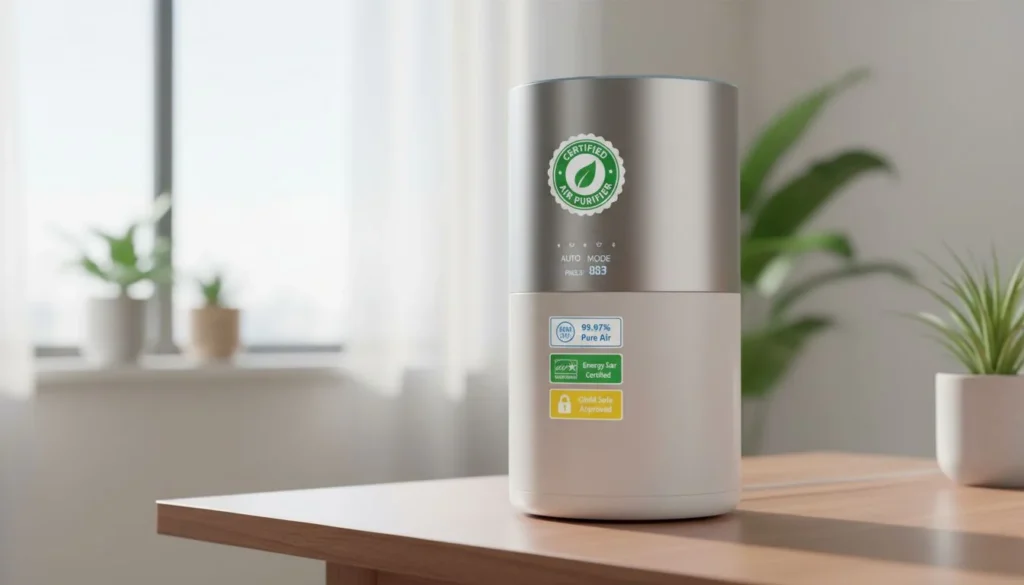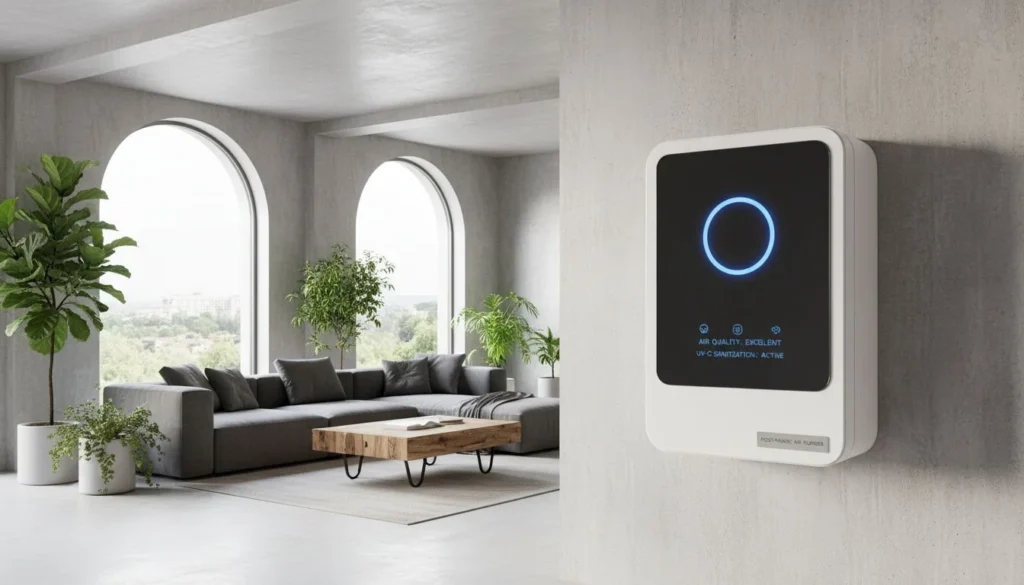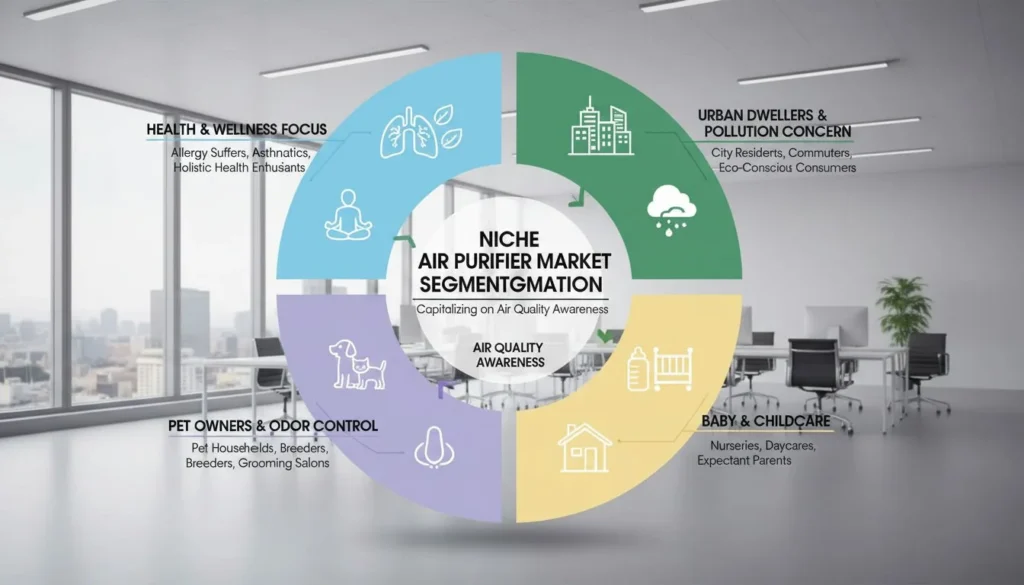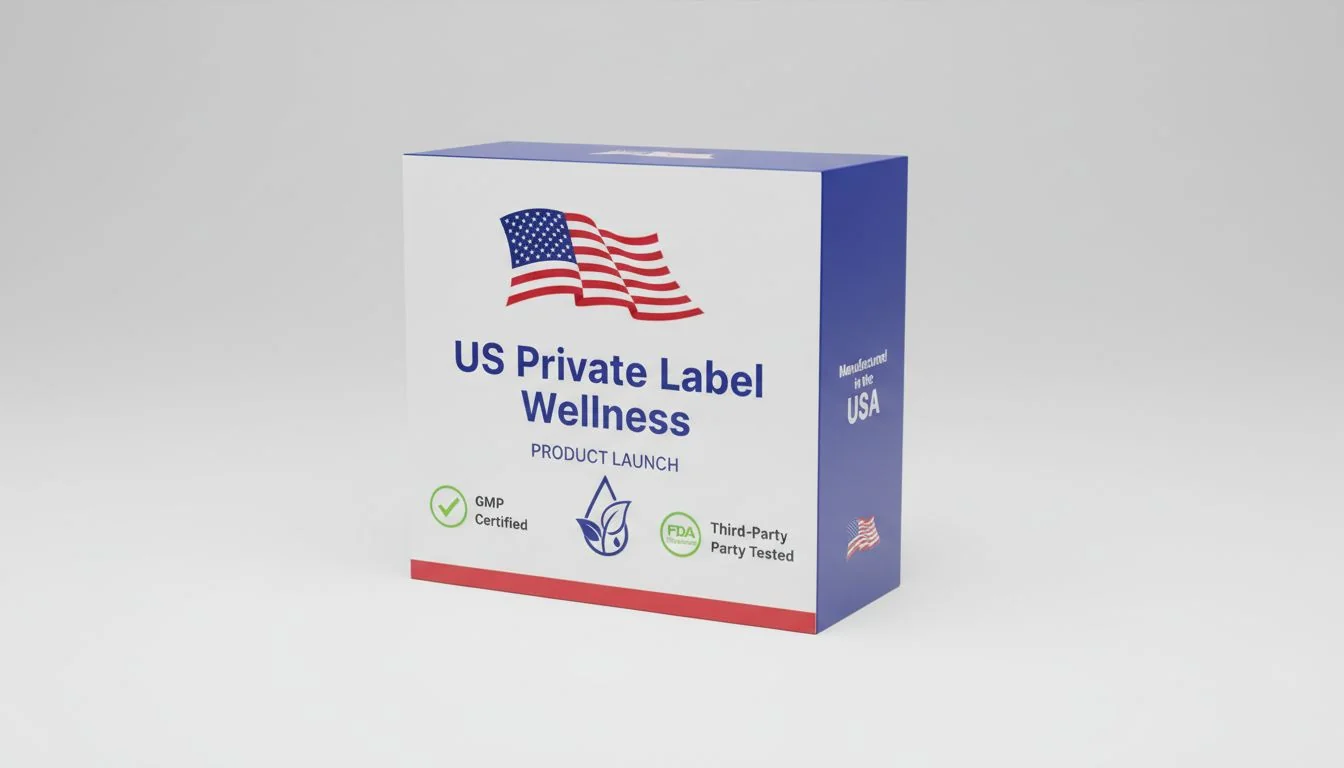
Dreaming of launching your wellness product in the US but terrified by the regulations? One wrong move can get your product blocked, costing you thousands and months of delays.
To launch a private label wellness product in the US, you must follow five key steps: identify a niche, secure a compliant partner, navigate critical regulations like CARB, calculate your total landed cost including tariffs, and choose a sales channel like Amazon with a clear launch strategy.
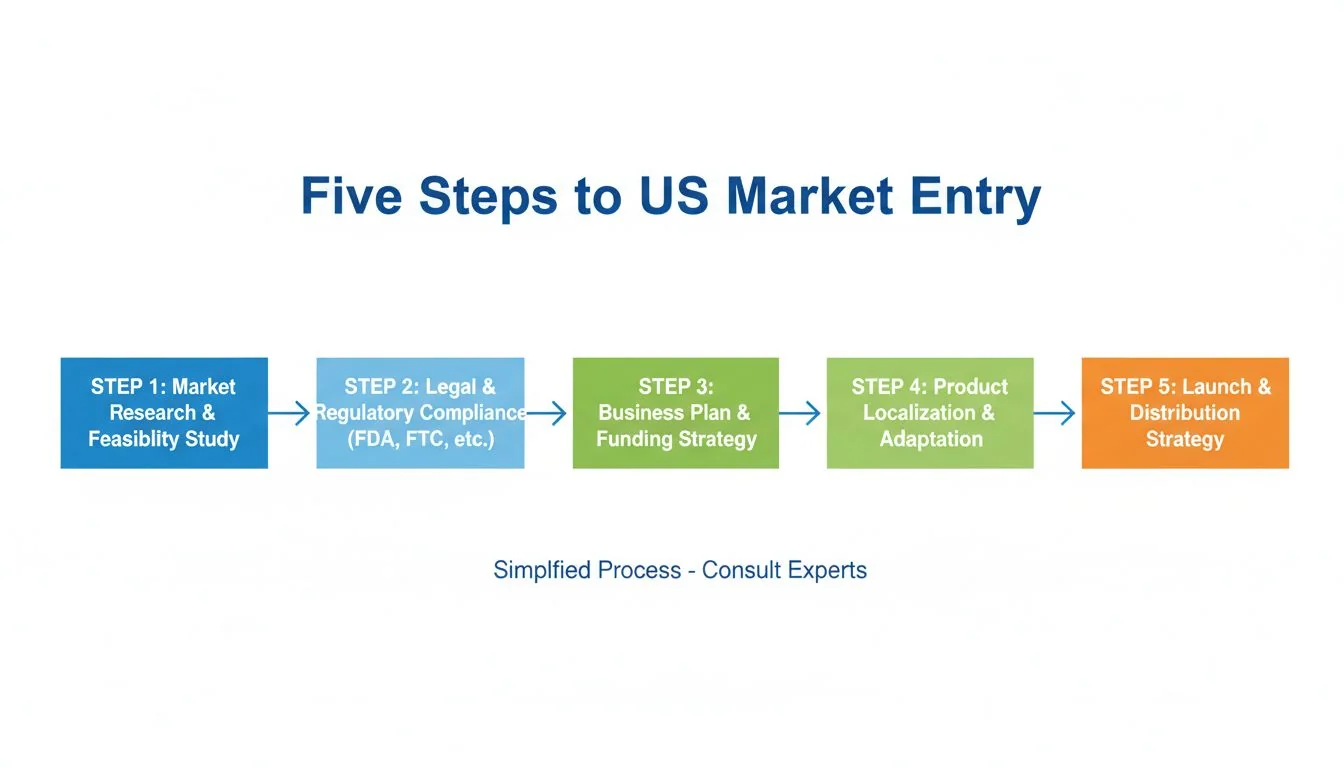
I've spent my career in manufacturing, from the factory floor to running my own company. I've seen countless clients try to enter the US market. The ones who succeed don't just have a great product; they have a great plan. They understand that the most important step isn't marketing or branding—it's compliance. Getting this right from the start is the single biggest factor that separates a successful launch from a costly failure. Let's walk through the exact steps you need to take, and I'll show you how to turn complex regulations into your biggest competitive advantage.
The US wellness market is projected to reach a value of $1.4 trillion by 2027.Vrai
According to the Global Wellness Institute, the US is the largest wellness market in the world, showing significant growth potential for new products.
All new products sold in the US must be tested in a US-based lab.Faux
The US accepts test reports from accredited labs worldwide, as long as they test to the correct US standards (like those for UL or ETL). The key is the standard, not the lab's location.
How do you find a profitable niche and ensure your product fits the US market?
The US wellness market is incredibly crowded and competitive. Launching another generic product is a recipe for failure. I'll show you how to find a specific problem for a specific audience.
To find a profitable niche, you must research specific US consumer pain points, like seasonal allergies or wildfire smoke. Then, use a flexible ODM product base to customize features that directly solve that problem, ensuring a strong product-market fit before you even start manufacturing.
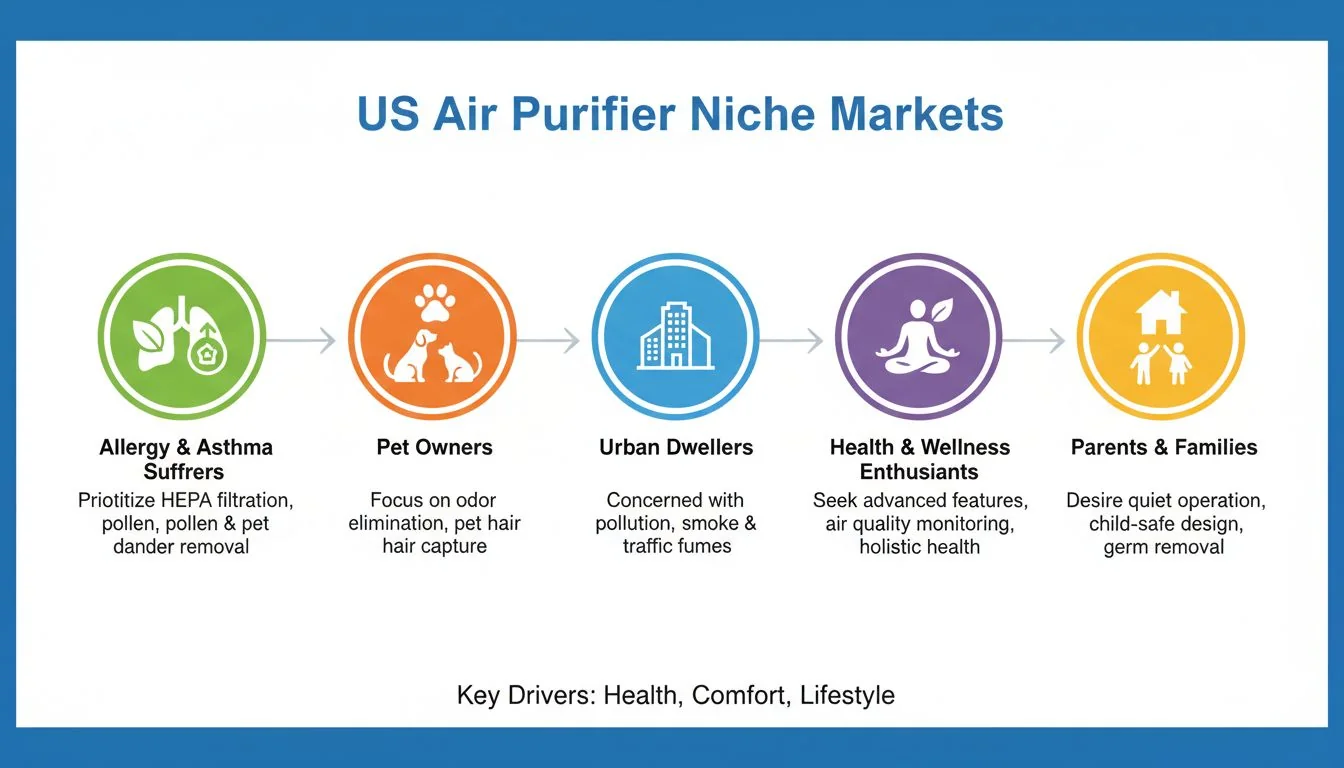
In my years of helping clients with mold design and manufacturing, the most successful projects always start with a sharp focus. It's not enough to say you want to sell an "air purifier." Who is it for? What specific problem does it solve better than anyone else? This is where you connect your product's technical features to a real human need.
From Broad Idea to Sharp Niche
Think about the difference between a generic product and a targeted one. A generic "air purifier" competes with everyone. But a "quiet air purifier for a baby's nursery" speaks directly to new parents. An "air purifier with a high-CADR for wildfire smoke" is an instant solution for people on the West Coast. This is how you stand out.
Leveraging ODM Bases for Niche Customization
You don't need to invent a product from scratch. A good manufacturing partner will have ODM (Original Design Manufacturer) bases you can customize. This is where my expertise in molds comes in. We can take a proven, certified base and modify it for your brand. For example, we can change the color, add your logo, and most importantly, highlight the features that matter to your niche.
| Base Feature | US Niche Target | Your Branding Angle |
|---|---|---|
| High-CADR (Clean Air Delivery Rate) | Wildfire Smoke Areas (West Coast) | "Rapid Smoke & Toxin Removal" |
| H13 True HEPA Filter | Allergy Sufferers (National) | "Your Allergy Relief Solution" |
| Compact & Quiet Operation | Small Apartments / Nurseries | "Pure Air, Peaceful Sleep" |
This approach saves you immense development time and cost while still allowing you to create a unique product that solves a real problem.
Customizing an existing ODM product is always cheaper than creating a new one from scratch.Vrai
ODM customization leverages existing engineering, tooling, and certifications, drastically reducing the upfront investment in R&D and mold making, which can cost tens or hundreds of thousands of dollars.
All HEPA filters are the same.Faux
There are different grades of HEPA filters. 'True HEPA' captures 99.97% of particles down to 0.3 microns, while 'HEPA-type' filters have lower performance. For a wellness brand, advertising 'True HEPA' is a significant quality differentiator.
How do you find a manufacturing partner who won't sink your US launch?
You found a factory with a tempting low price. But they don't understand US compliance, leaving you with a warehouse full of products you can't legally sell. I'll show you what to look for.
Don't just look for a factory; find a strategic partner who offers "US-Market-Ready" products. This means they already have critical certifications like ETL/UL and, most importantly, CARB. This partner becomes your compliance expert, de-risking your launch and saving you a fortune.
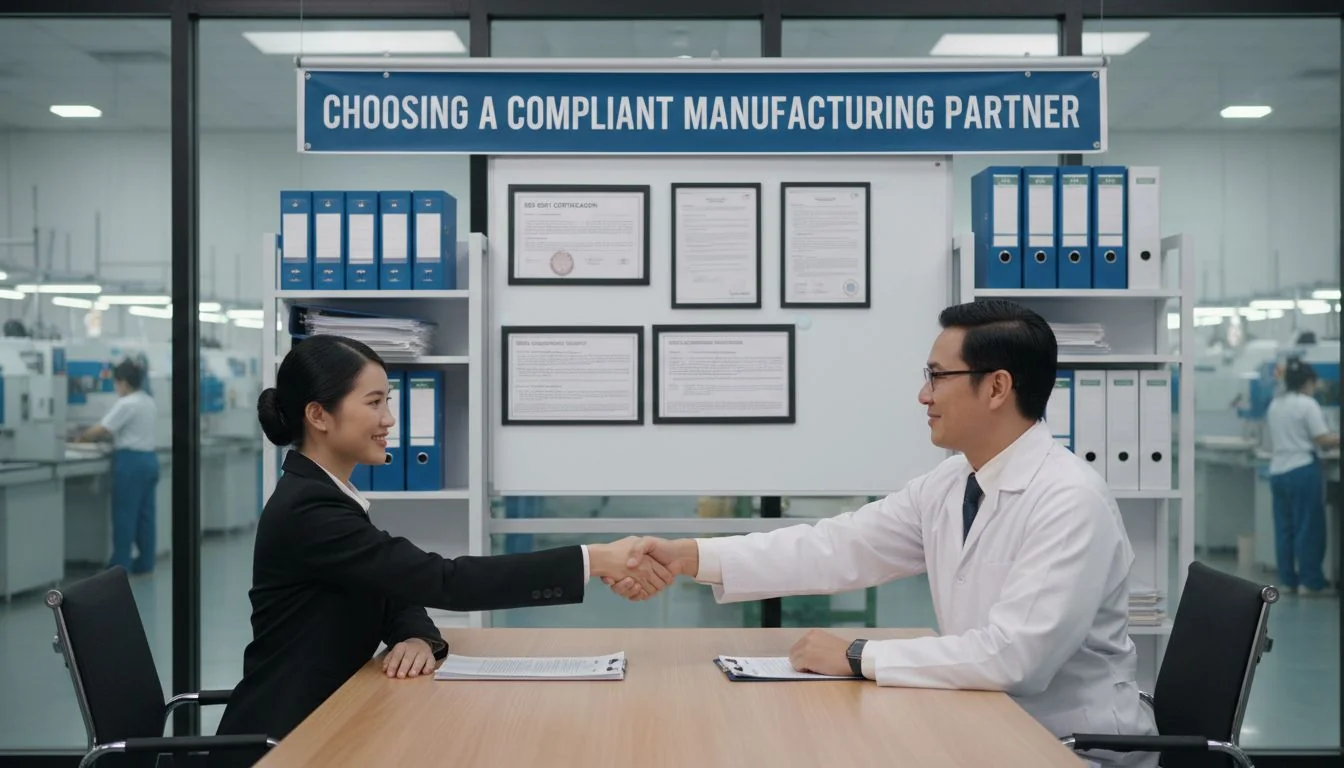
I can't stress this enough. I've seen clients lose everything because they chose a partner based on price alone. The factory made the product, but it couldn't be sold in the US. The client was stuck. Your number one question for any potential partner should be: "Show me your US compliance certifications." If they can't, walk away.
The "US-Market-Ready" Advantage
A true partner has already done the hard work. Their products are "US-Market-Ready." This isn't just a marketing slogan; it's a technical status. It means the product is already certified for:
- ETL/UL: This shows the product meets US electrical safety standards. Without it, you face huge liability risks and major retailers won't touch your product.
- CARB: This is the California Air Resources Board certification. I'll talk more about this in the next step, but it's non-negotiable.
Getting these certifications on your own can take 6-9 months and cost you $10,000 to $50,000 in testing fees. A partner who has them ready saves you all of that time and money. It's a massive competitive advantage.
More Than a Factory, A Strategic Partner
Your partner shouldn't just make your product. They should help you build your brand. They should understand the niche you're targeting and advise on packaging, branding, and even small design tweaks that will appeal to that audience. They bring the manufacturing and mold-making expertise to bring your vision to life on a proven, compliant platform. This is the difference between a simple supplier and a partner invested in your success.
Finding a partner with existing ETL/UL and CARB certifications can save a new brand over $10,000.Vrai
Independent testing and certification for ETL/UL can cost $5,000-$20,000, and CARB certification can cost another $5,000-$30,000. A partner with these already in place eliminates these direct costs for the brand.
Any factory in China can easily get US certifications.Faux
The process is complex, expensive, and requires deep technical knowledge of US standards. Many factories don't have the expertise or financial resources to get and maintain these certifications, especially for specific regulations like CARB.
What are the absolute must-have certifications for selling in the US, especially on Amazon?
US regulations feel like an impossible maze of acronyms. If you miss one, Amazon can block your listing, especially in a key state like California, killing your business overnight.
The two most critical certifications are ETL/UL for electrical safety and CARB for air quality, which is mandatory for selling air purifiers in California. A great partner provides an "Amazon Launch Package" with these certificates ready, so you can get your product "ungated" and selling fast.
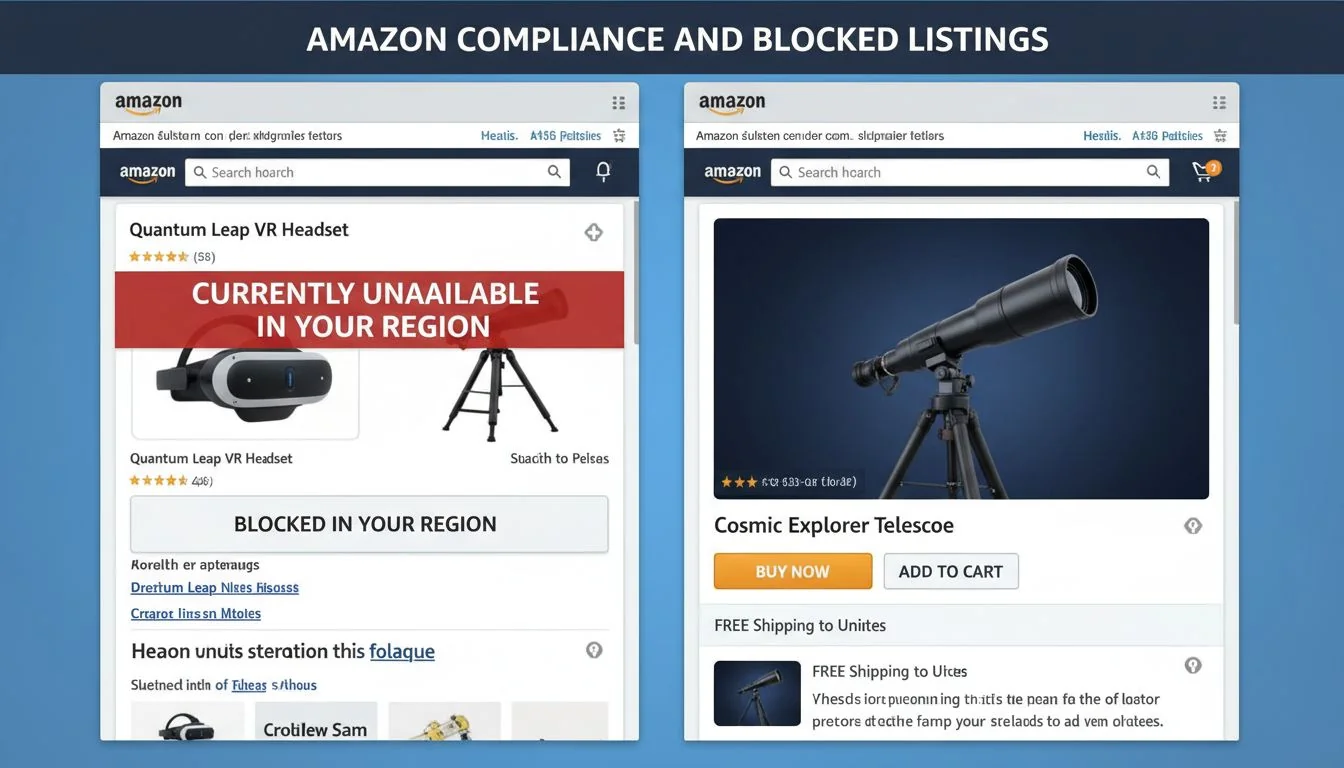
This is the step where most new sellers fail. They invest in a product, ship it to the US, and then find out Amazon won't let them sell it. Or worse, they can't sell it in California, one of the biggest markets. I've seen this happen, and it's heartbreaking. But you can avoid it completely by understanding two key things.
CARB: The Key to California
Think of CARB certification as the "Key to California." The California Air Resources Board has strict rules for air purifiers. If your product doesn't have a CARB Executive Order (EO) number, you cannot legally sell it in California. Many new brands don't know this. They launch on Amazon, and suddenly their listing is blocked for all California customers. Since California makes up 10-15% of the entire US market, this is a fatal error. A partner who already has CARB certification for their products is literally handing you the key to unlock this massive market from day one.
The "Amazon-Compliant" Package
Many of my clients sell on Amazon. The smart partners I work with now offer what I call an "Amazon Launch Package." This isn't just the product. It's a digital folder containing all the compliance documents Amazon will ask for. This includes:
- The ETL or UL certificate file.
- The official CARB EO number and documentation.
- All relevant safety and performance test reports.
When you create your product listing, Amazon's system will often "gate" it, meaning it's blocked pending a compliance review. With this package, you simply upload the documents they ask for. Your product gets approved in days, not months. This service is an enormous value-add and a sign of a truly experienced partner.
California represents about 10-15% of the total US consumer market.Vrai
With a GDP and population larger than most countries, California's economy accounts for a significant portion of US retail sales, making it a critical market for any consumer product.
You can apply for CARB certification after you start selling on Amazon.Faux
Amazon's systems will proactively block listings for customers in California if a valid CARB EO number is not provided. You must have the certification before you can sell into the state, not after.
How do you calculate the true cost of your product to avoid losing money?
Your factory price looks great on paper. But you forgot about tariffs, shipping, and duties, which can easily add 30-50% to your cost, destroying your profit margin before you make a single sale.
Your Total Landed Cost includes the factory price, shipping, insurance, and, crucially, US tariffs. A strategic partner will help you identify the correct HTS code for your product and advise on the current Section 301 tariff rate, giving you a clear picture of your true costs.
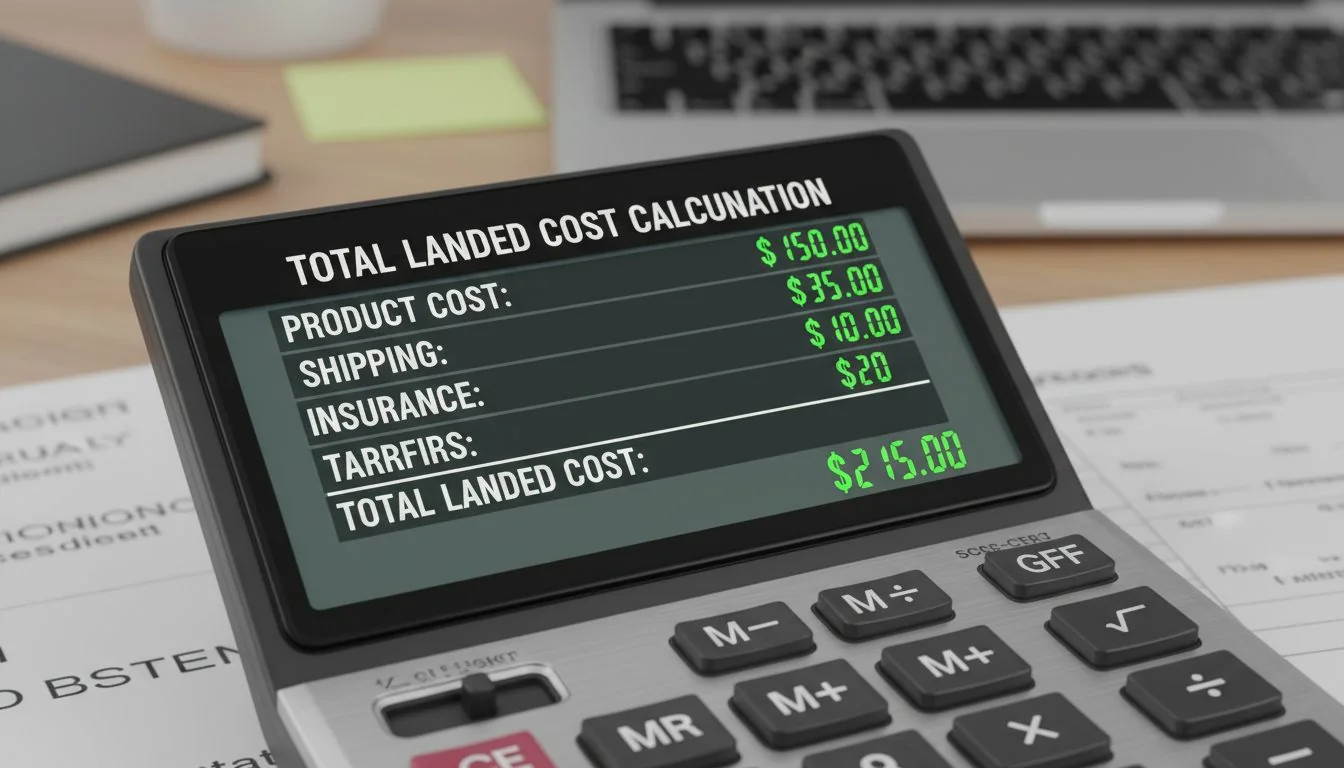
When I started my trading company, this was one of the biggest lessons I learned. The price you pay the factory is just the beginning. The real number you need to know is the "landed cost"—the cost of the product once it has landed in a US warehouse, ready to sell. If you don't calculate this accurately, you can't set a profitable retail price.
Deconstructing Landed Cost
The formula is simple, but every component is critical.
Total Landed Cost = Product Cost (EXW) + Shipping & Insurance + Tariffs & Duties
A good partner will be transparent about all these costs. They won't just give you a product price; they will help you estimate the entire cost to get it to your destination.
The Tariff Trap: HTS Codes & Section 301
This is where a partner's expertise becomes invaluable. US tariffs, specifically the Section 301 tariffs on goods from China, are a huge part of your cost. Every product has a Harmonized Tariff Schedule (HTS) code, which determines the tariff rate. A good partner knows the correct HTS code for an air purifier and can tell you the current tariff percentage. This builds incredible trust. It shows they are a strategic partner, not just a factory trying to make a sale. They are helping you protect your business.
| Élément de coût | Exemple | Why it Matters |
|---|---|---|
| EXW Product Cost | $50.00 / unit | The base price from the factory. |
| Shipping & Insurance | $5.00 / unit | Varies by sea/air, but must be included. |
| Section 301 Tariffs (25%) | $12.50 / unit | A huge, often forgotten cost that kills profit. |
| Total Landed Cost | $67.50 / unit | Your actual cost before any marketing spend. |
Section 301 tariffs on many Chinese goods are currently 25%.Vrai
The US government has imposed Section 301 tariffs on a wide range of products imported from China, with many categories, including some electronics and consumer goods, facing a 25% tariff on top of any standard duties.
The HTS code for a product is determined by the brand owner.Faux
While the importer of record is ultimately responsible, the HTS code is based on the product's specific characteristics and materials. An experienced manufacturing partner can provide the correct code, which is crucial for accurate tariff calculation and avoiding customs delays.
Where should you sell your product and how do you plan a successful launch?
You have a fantastic, fully compliant product ready to go. But without a smart launch plan and the right sales channel, it will just sit in a warehouse, and no one will ever see it.
For most new private label brands, Amazon FBA (Fulfillment by Amazon) is the fastest and most effective path to the US market. Your launch strategy should be built around the "Amazon-Compliant" package from your partner, ensuring a smooth listing approval so you can focus on marketing.
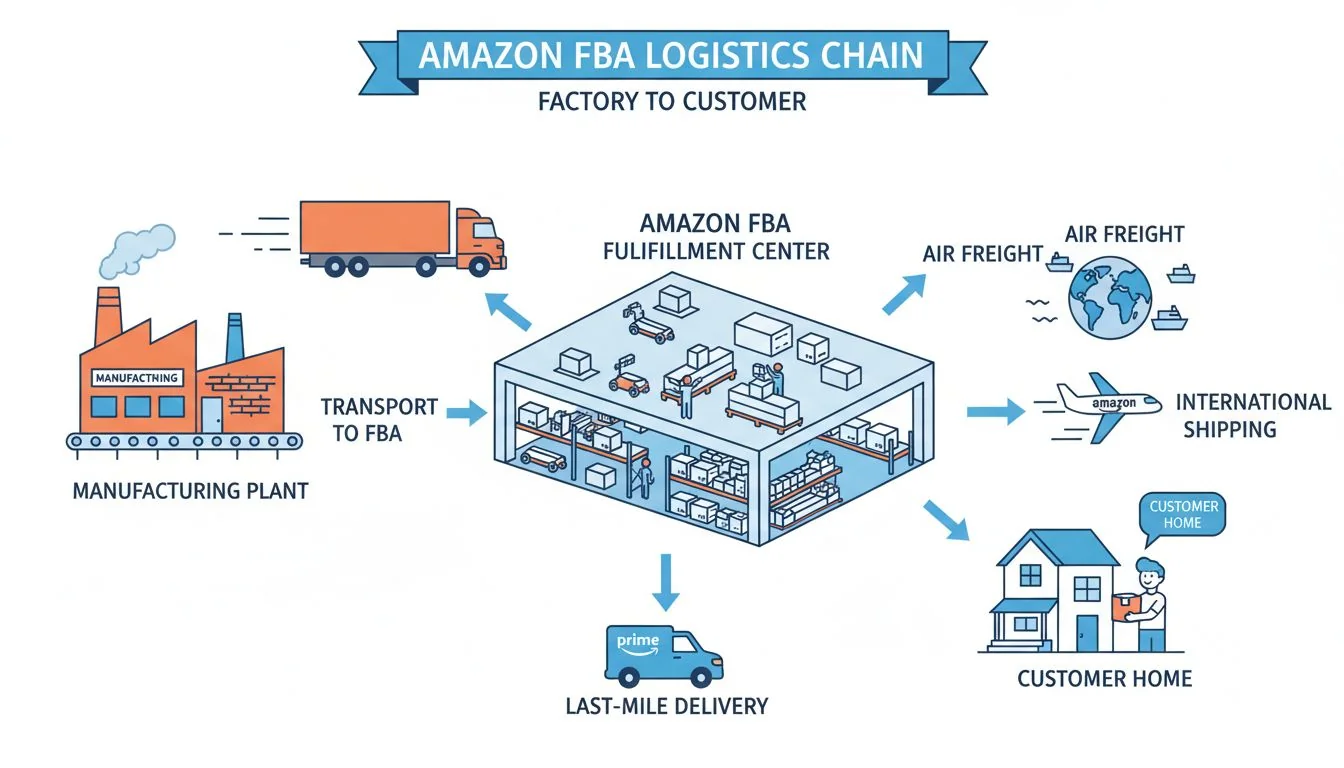
Once your product is manufactured and compliant, the final step is getting it in front of customers. In my experience helping clients grow, choosing the right channel is everything. Building your own website and driving traffic is slow and expensive. For speed and scale, nothing beats Amazon.
Why Amazon FBA is the Go-To for New Brands
Using Amazon FBA means you ship your inventory to Amazon's warehouses, and they handle the storage, packing, shipping, and customer service. The benefits are huge:
- Instant Access to Prime Customers: Your product is available for fast, free shipping to millions of loyal Prime members.
- Logistics Handled: You don't need to worry about running your own warehouse.
- Built-in Trust: Customers trust buying from Amazon.
Your Launch Day Checklist
A successful launch is about preparation. Having a compliant partner (Steps 2 & 3) makes this checklist smooth and predictable.
- Finalize Branding & Packaging: Work with your partner to ensure it matches your niche.
- Receive "Compliance Packet": Get all the digital files (ETL, CARB, etc.) from your partner.
- Create Amazon Seller Central Account: Get your business registered on the platform.
- Create Product Listing: Write your copy, take photos, and upload your compliance documents for approval ("ungating").
- Ship Inventory: Arrange freight from your partner's factory to an Amazon FBA warehouse.
- Plan Marketing: Prepare your Amazon PPC (Pay-Per-Click) ad campaigns to drive traffic from day one.
This process shows how everything connects. A compliant product from a strategic partner is the foundation for a fast, successful, and stress-free launch on the world's biggest marketplace.
Over 60% of US online shoppers start their product search on Amazon.Vrai
Multiple studies, including data from Statista and eMarketer, confirm that Amazon is the dominant starting point for online product searches, making it an essential channel for new brands seeking visibility.
Amazon FBA is the only way to sell on Amazon.Faux
Sellers can also use Fulfillment by Merchant (FBM), where they handle their own storage and shipping. However, FBA is generally preferred for new brands due to its simplicity and access to Prime benefits.
Conclusion
Launching in the US is complex, but success hinges on one thing: choosing a compliant partner who de-risks the process, has the "keys" to the market, and acts as your strategic guide.
